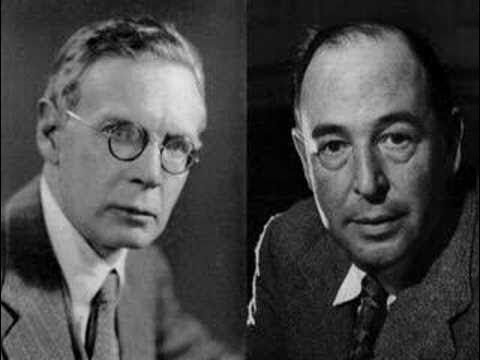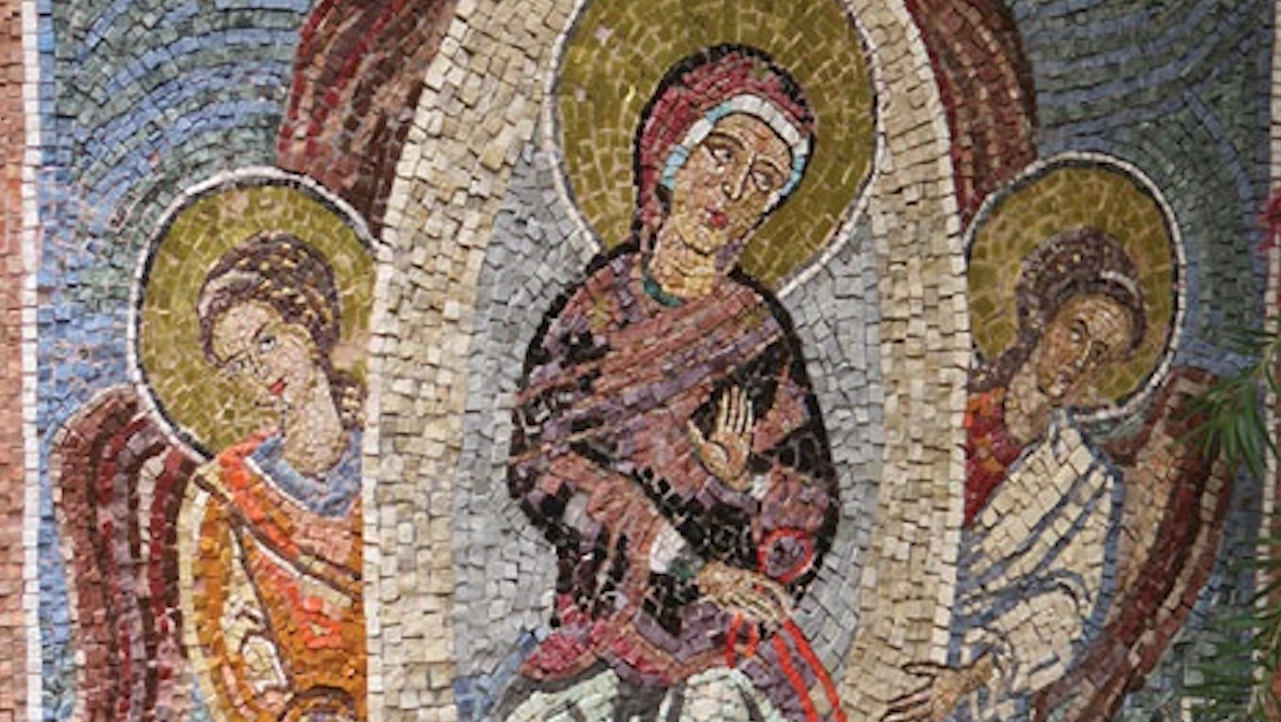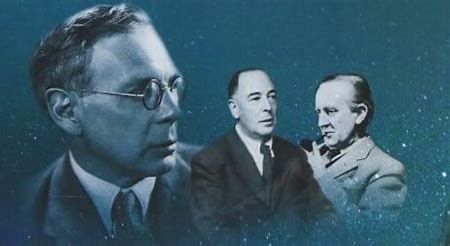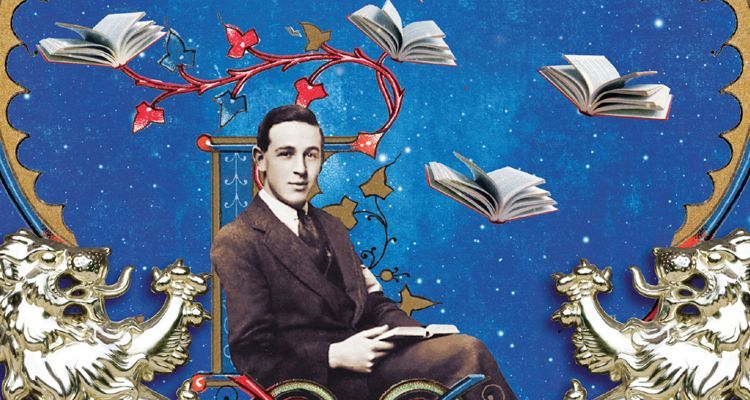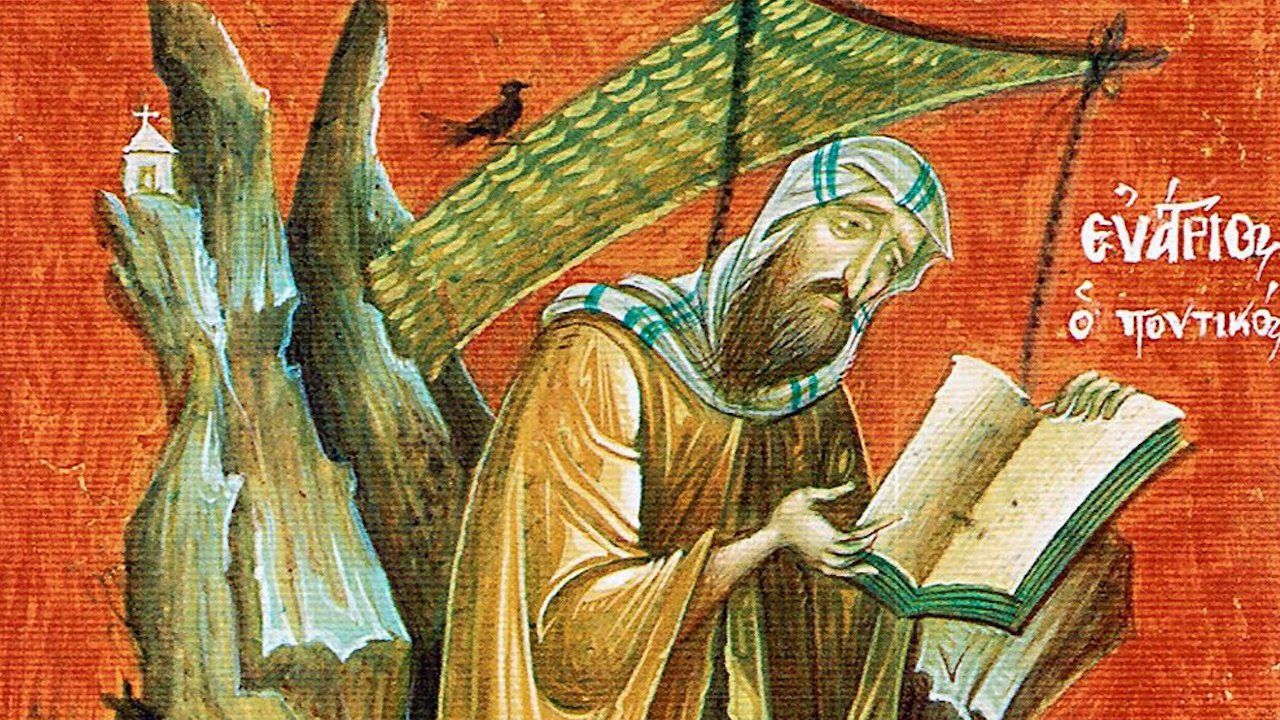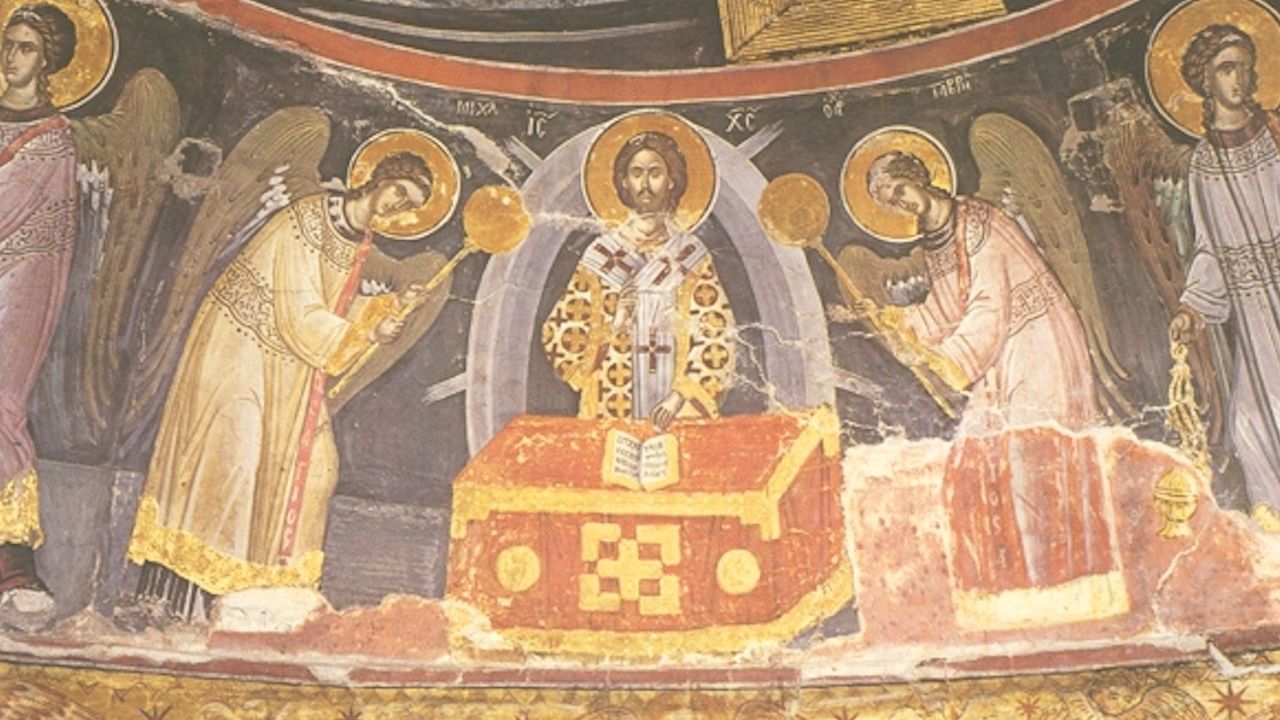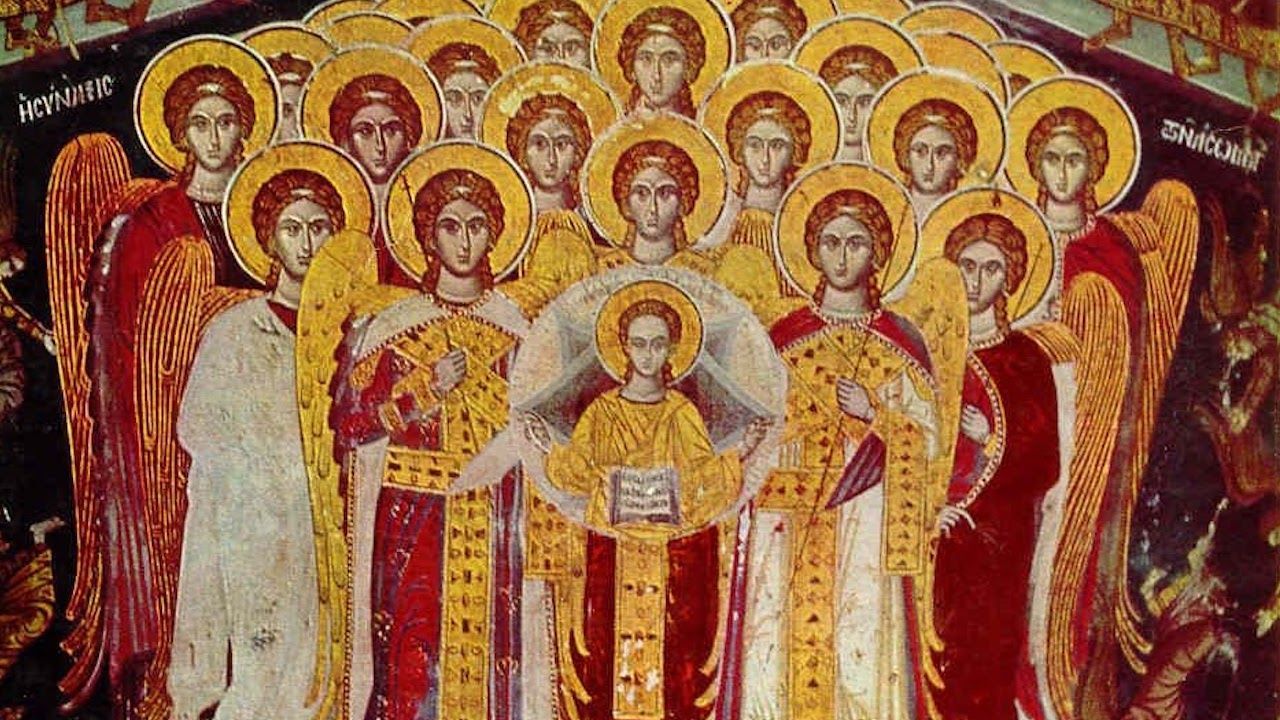The Pattern of Glory - Pt 2
An Introduction to Charles Williams
by Charles Hefling
Commemoration of St Hosea the Prophet
Anno Domini 2025, October 17
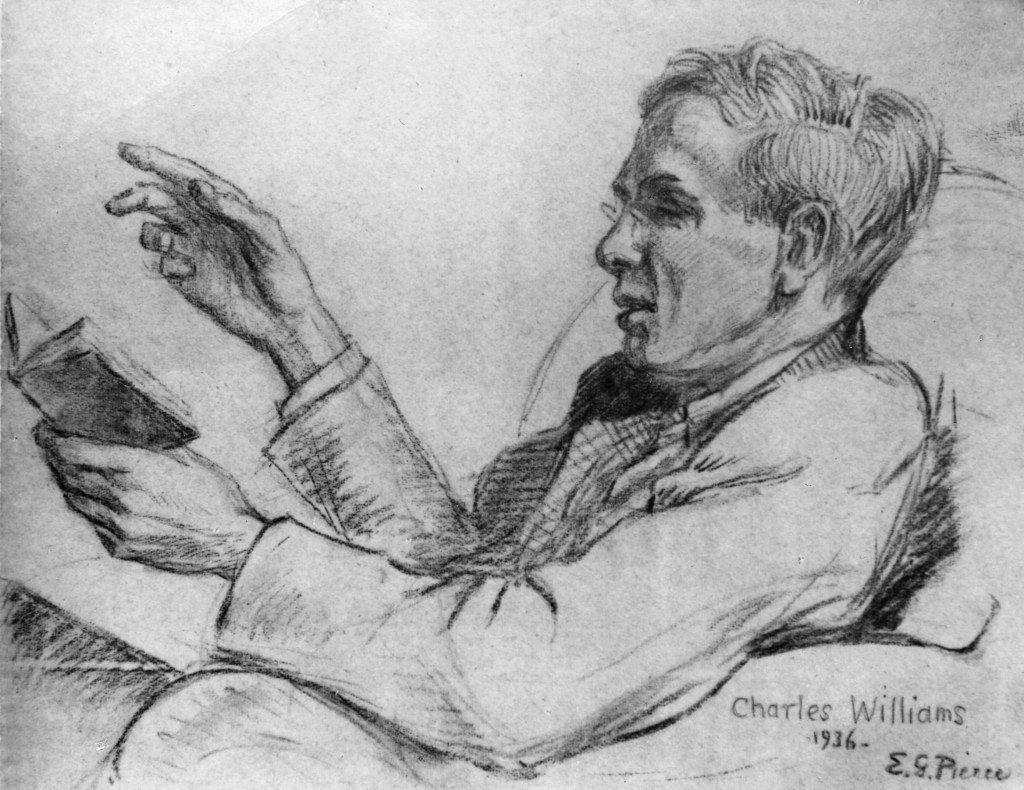
HIS HIGH doctrine of creation, in any case, does not stand alone, for although natural goodness is a fact, natural facts are not the only facts. On one side, the side of the creatures, there is the fact of “the chosen catastrophe which we call the Fall”; on the other, the fact that “the Creator had to become a Savior lest His creation should be wholly lost.” Three points thus define the pattern within which the holiness of matter has its explanation, corresponding to the three acts of the biblical drama—creation, fall, redemption. Nothing all that remarkable so far. But Williams’s reading of the drama in “Natural Goodness” is not the conventional one, although it is certainly a Christian reading. Theologians are agreed that the way in which the Creator became a Savior was to unite Himself with the created, with matter in flesh. Usually, though, they go on to explain that it was because of the Fall that God became incarnate, whereas Williams takes the position that the Incarnation would have occurred, Fall or no Fall. Being united with matter was the Creator’s intention all along. It is why He created at all. To say that matter is good because it was so created is true, then, as far as it goes, but there is a reason why it has been so created. That reason is the Incarnation.
About the Incarnation, in itself, Williams has little to say. The union of the Creator with the created is in the strict sense of the word a mystery, and he was deeply suspicious of mere speculation in such matters. There is, however, one thing he does say about the Incarnation, and he says it often, usually by quoting the Athanasian Creed. This “great humanist ode,” as he calls it, is not so familiar as the other Christian creeds, but the Book of Common Prayer in use when Williams wrote calls for it to be recited on certain festivals. Here is the description in The Greater Trumps of a country church choir singing it on Christmas Day:
The mingled voices of men and boys were proclaiming the nature of Christ—“God and man is one Christ”; then the boys fell silent, and the men went on, “One, not by conversion of the Godhead into flesh, but by taking of the manhood into God.” On the assertion they ceased, and the boys rushed joyously in, “One altogether, not”—they looked at the idea and tossed it airily away—“not by confusion of substance, but by unity”—they rose, they danced, they triumphed—“by unity, by unity”—they were silent, all but one, and that one fresh perfection proclaimed the full consummation, each syllable rounded, prolonged, exact—“by unity of person.”
Williams obviously loved the creed for its crisp precision, among other things. In Christ, Creator and created, deity and humanity, have become one in a definite way, which can be unambiguously stated: “not by conversion of the Godhead into flesh, but by taking of the manhood into God.” This clause in particular shows up again and again in Williams’s prose, and the distinction it draws is no quibble. Should we think of the Incarnation as a contraction of deity, a “conversion of the Godhead into flesh”? Or was it, as the creed specifies, an intensification of humanity, a “taking of the manhood into God”? It makes all the difference, and something of what the difference amounts to can be gathered from the second piece in this collection, “The Incarnation of the Kingdom.” Briefly stated, it is that the gospels present a Christ as enigmatic as His title.
The enigma is for Williams an essential part of the meaning of the Incarnation. In Christ God has, certainly, been made like us. Williams had no doubt about that, or about the gratitude and love which that likeness has evoked. Still, he adds, “there is at least equal satisfaction that it is an unlike us who is so made. It is an alien Power which is caught and suspended in our very midst.” To condemn the aloof, impersonal Christ of Byzantine icons is all very well, but to replace them with the uninterestingly ordinary Jesus of so many modern accounts is at least as much a distortion, and in Williams’s judgment a more pernicious one. With “immature and romantic devotions to the simple Jesus, the spiritual genius, the broad-minded international Jewish working-man, the falling-sparrow and grass-of-the-field Jesus,” he had small sympathy. “They will not serve. The Christian idea from the beginning had believed that His Nature reconciled earth and heaven, and all things met in Him, God and Man. A Confucian Wordsworth does not help here.”
In stressing the otherness of Jesus so relentlessly—to the point of calling Him “the Divine Thing” and using neuter pronouns, as though personality itself would make him, or it, too familiar—Williams is objecting to a domesticated Christ, a Christ made bland in hopes of making Christianity easier to swallow. Cutting the “alien Power” of God incarnate down to manageable size is one thing that falls under the rubric of “converting the Godhead into flesh.” Yet for all his stress on the deity of Christ, Williams by no means minimizes the humanity. He does relocate it, though. Unlike the doctrine of Christ as God, which was worked out, with its corollaries, and definitively settled long ago, “the other doctrine of His manhood, with its corollaries, has still to be worked out and put into action,” and Williams is himself working it out in much of his writing. Its corollaries, however, do not regard the human Jesus so much as the humanity that in Jesus has been taken into God.
It is in working out some of these corollaries that Williams makes one of his most original and lasting contributions to Christian thought: his theology of romantic love The fact that the Divine Being who is Love itself has become one with the humanity He created means, among other things, that “any human energy…is capable of being assumed into sacramental and transcendental heights—such is the teaching of the Incarnation.” It may be only once in a life that the body with its physical energies reveals a transcendent meaning so as to become, for that moment, a kind of divine incarnation. But, rare though they are, such moments do occur, and their occurrence is perhaps least rare in a lover’s experience of the beloved. On that experience Williams built his romantic theology.
Sayers tells the story of Williams having his hair cut and hearing the barber say that when his sweetheart was with him he felt he had not an enemy in the world and could forgive anyone for anything. Whereupon Williams jumped from the chair to shout, “My dear man, that’s exactly what Dante said!” Her anecdote makes two points that are worth noting. The first is that Williams’s theology of romantic love is anchored solidly in the human condition rather than the shifting sand of a particular culture or period. “The thing happens,” he was fond of saying, and it happens without regard to this or that place and time. Six hundred years separate his barber from Dante, and fourteenth-century Florence was quite a different milieu from twentieth-century London, yet the barber could, in his own way, say exactly what Dante said in magnificent verse, because both had found themselves in the same state of affairs. Each had fallen in love.
The second point regards Dante himself. That “the thing happens” is important, but far more important is what happens next. The moment of romantic love can be an end or a beginning. To take it as an end, as complete in itself, is “the preference of an immediately satisfying experience of things to the believed pattern of the universe; one may even say, the pattern of the glory.” It is a preference that Williams identifies with sin. But such a moment can instead be a beginning, a question in search of an answer; and that is where Dante comes in. For Williams the one and only question to ask about the state of being in love is the question Dante asked: “Is it serious? Is it capable of intellectual treatment? … Is it (in some sense or other) true?” And his answer had a deep and lasting effect on Williams’s own intellectual treatment of romantic love, which appears most comprehensively in The Figure of Beatrice, regarded by many as the finest of his books. There are also shorter versions, though, and a Williams anthology without at least one of them would be like the proverbial princeless Hamlet.
The one included here is from He Came Down from Heaven, which Williams dedicated to his wife, “with whom I began to study the doctrine of glory.” In “The Theology of Romantic Love” he relates the pattern of that glory, as he discovered it both in Dante and in his own experience, to the pattern of the Incarnation of Love. They are, or ought to be, the same pattern, for reasons which are at the very heart of Williams’s understanding of Christianity. He states them succinctly in “Saint John” when he says that the fourth gospel “particularly stresses the fact that all the events in the life of our Lord, as well as happening in Judea, happen in the soul.” There is an indissoluble connection between what happened in history and what is happening in the individual. Not only do they mirror each other, so that “the historical events … are a pageant of the events of the human soul,” but also they do happen because they did happen. Had they never existed outwardly in the past they could not exist inwardly in the present.
But the inward events that constitute romantic love have another, more immediate outward cause as well. What happens in the lover’s soul happens because of the beloved. And because it happens, not in a single moment but as the unfolding of a story, romantic love has a narrative shape that may, and should, conform with the shape of the gospel narrative. “The beloved … becomes the Mother of Love; Love is born in the soul; it may have its passion there; it may have its resurrection there. It has its own divine nature united with our undivine nature.” In the lover as in Judea the kingdom becomes incarnate. Two natures become one, as they did in Christ; and like its original in history this incarnation in the individual takes place, not by the conversion of the Godhead into flesh, but by the taking of humanity into God.
In assigning so crucial a place in his theology to the moment of romantic love Williams is not claiming it is the one and only point of entry into the pattern of the glory. “Romantic love between the sexes,” he readily admits, “is but one kind of romantic love, which is but a particular habit of Romanticism as a whole, which is itself but a particular method of the Affirmation of Images.” The almost incredible nature of things is that there is no fact that is not in the glory of God, and therefore no fact that cannot be affirmed as an image. For Dante the fact around which everything revolved was a person, Beatrice, who “was, in her degree, an image of nobility, of virtue, of the Redeemed Life, in some sense of Almighty God Himself.” Williams does not mean that she was like nobility, virtue, the redeemed life, the Almighty. She was like nothing but herself. For just that reason, however—because she was entirely and exclusively the person she was and no other—she could be an image. The same is true of every image, in Williams’s sense of the word. Like a sacrament or an index, an image includes and makes present the thing of which it is an image, so that for Dante to behold Beatrice was to behold beatitude and nothing less. Yet the image does not cease to be uniquely and wholly itself. Together with an identity there is always an otherness.
As a way of apprehending transcendence, the Way of the Affirmation of Images is associated with one of the aphorisms that are such a characteristic feature of Williams’s writing. To affirm an image as a revelation of God is to say, “this also is Thou.” But because an image conceals even as it discloses, any such affirmation must always be corrected by adding its opposite: “neither is this Thou.” As the first phrase is the maxim of the Affirmative Way in general and of romantic love in particular, so too the second conveys the essence of another, complementary spirituality, which Williams calls the Way of the Negation (or Rejection) of Images. To the Negative Way belong asceticism and self-denial, wordless, imageless prayer, and the mystical ascent to a “cloud of unknowing.” Neither of these Ways is entirely independent of the other, and their watchwords are the two halves of one saying, which Williams treats as a quotation although he never found its source: this also is Thou; neither is this Thou. “As a maxim for living,” he said of this formula, “it is invaluable, and it—or its reversal—summarizes the history of the Christian Church.”
As such it serves as a motto for The Descent of the Dove, Williams’s own history of the church. This remarkable book has been called the only imaginative church history ever written...
*Part III forthcoming
**CLICK HERE for Part I of this essay
***Originally published in Charles Williams: Essential Writings in Spirituality and Theology, edited by Charles Hefling (Cambridge & Boston: Cowley Publications, 1993), pp. 1-30.
Contribute to Cultural Renewal by Sharing on Your Preferred Platform
In an isolating secularized culture where the Church's voice is muffled through her many divisions, Christians need all the help they can get to strengthen their faith in God and love toward their neighbor. Eighth Day Institute offers hope to all Christians through our adherence to the Nicene faith, our ecumenical dialogues of love and truth, and our many events and publications to strengthen faith, grow in wisdom, and foster Christian friendships of love. Will you join us in our efforts to renew soul & city? Donate today and join the community of Eighth Day Members who are working together to renew culture through faith & learning.

